 Oh my, how I loved the way this project turned out! I had such fun teaching the co-op students something a little new. And for them it really was a variety of skills; some of them had never made or cut out a pattern or knew how to mix paint to make a skin toned color. They also loved using a variety of media.
Oh my, how I loved the way this project turned out! I had such fun teaching the co-op students something a little new. And for them it really was a variety of skills; some of them had never made or cut out a pattern or knew how to mix paint to make a skin toned color. They also loved using a variety of media.
 Ancient Egypt Art Lesson #1
Ancient Egypt Art Lesson #1
This project is a multi-media project that can go with any lesson on Ancient Egypt. For this lesson you will need:
- multi-media paper
- pencil
- tracing paper
- newsprint, ads and/or patterned printed papers
- scissors
- tempera paint in yellow, red, blue and white
- glue
- black permanent marker
- additional tempera or acrylic paints in various colors
- markers or watercolors or both
- gold acrylic paint for adding details
Ancient Egypt Text as Texture Faces Tutorial
1. Look at Egyptian art and faces.
Any book will do for this because there are so very many to choose from. Or perhaps check out an art book on Egyptian Art in the resource section of your library. If you don’t feel confident demonstrating the drawing of a face to your child I can recommend Ralph Masiello’s Ancient Egypt Drawing Book (Ralph Masiello’s Drawing Books) to guide them. If you happen to have the Draw and Write Through History (Creation through Jonah, Volume 1)
you may be able to use just the section on Egypt and enlarge the head portion. But if you’re choosing one, the first is definitely the best for this.
 2. Draw an Egyptian face.
2. Draw an Egyptian face.
I demonstrated both a front and side view for my students. One thing that is often hard for kids is to use the entire piece of paper. So try to remind them the size needs to fill the whole page.
Another good place to start is that eyes are located in the middle of the head. Have them lightly draw a line across the mid point of the face from the top of the head to the chin. This is where the eyes go. The next hardest thing to draw is the nose.

3. Trace the headpiece and cut it out of the newsprint.
Using tracing paper, have your child trace the headdress part of their Egyptian drawing. Cut the pattern out. Next, lay the tracing paper over the news print and cut that pattern out of the newsprint. Make adjustments if needed. This was the hardest part for my class of 3rd to 5th graders. So you need to assist your child here as much as possible so they don’t get frustrated. Always let they attempt a skill on their own first, even if it’s not perfect- that’s okay! Just be ready if they need the help and ask- be accessable.  As desired, cut any other interesting pieces you may want out of ads or newsprint. I also offered my students printed paper with patterns. This added depth and texture to their compositions.
As desired, cut any other interesting pieces you may want out of ads or newsprint. I also offered my students printed paper with patterns. This added depth and texture to their compositions.
 4. Mix tempera paint to make skin tone and paint face.
4. Mix tempera paint to make skin tone and paint face.
Mixing paint to get the color you want is an important art skill for children to learn. But let’s move beyond primary and secondary colors. Making skin tones is actually very easy. You just have to experiment with amounts. See how to mix paint to make skin tones here.
Paint the entire face. Remind your child to leave the eyes white!
 5. Glue the Newsprint and Outline with Permanent Marker
5. Glue the Newsprint and Outline with Permanent Marker
After they get the newspaper to be a good fit have them glue it for the headdress. I also allowed my students to cut pieces from ads and printed paper. Once dry enough, re-outline the features of the face with permanent black marker- my favorite to use with children are Black Sharpies. ( Fine or Regular)
This is also the right time to add more sections in the outfit later to become ornate decoration.

6. Paint blank areas, add background with watercolor or marker and fill in all other blank spaces.
I told the children I wanted no white areas. So, I looked around to help them with whatever they needed to add. Once the body of the Egyptian was complete is was time to fill in the back ground. I suggested complementary colors or a contrasting color to make their person “pop” out of the paper.
7. Add embellishment and final touches with Gold Acrylic Paint
This is where the real excitement bursted from my co-op students. They were so very happy with their creations! It made my day just to see how interested they were in learning! These were the final touches that made their projects complete! You can have your child add golden stripes to the headdress or elaborate golden jewelry or design to the collar.
Student Art Gallery of Ancient Egyptian Faces
Didn’t their work come out awesome?

Linked up with Trivium Tuesday.
Tell me…
What lesson on Egypt might you use this art lesson to compliment? What books are you using?
 Art Around the Ancient World- the line up:
Art Around the Ancient World- the line up:
The following lists each lesson by civilization, what each lesson’s focus will be, and the media/project tutorial.
- Prehistory– Cave Paintings– Painting the Ancient Way
- Sumerians – Ancient Writing -Cylinder Seals in Clay
- Egyptians – Egyptian Art – Text as Texture/ Egyptian Headdress ( YOU ARE HERE)
- Assyrians and Babylonians -Near East Metalworking – Babylonian Art Lesson for Kids
- Phoenicians– Ancient Dyes– Purple Batik Cloths
- Hittites and Ancient Israel– TBA
- Ancient Africa– Akuaba Wooden Doll– African Scratch Art
- Minoan and Mycenaean-Greek Mythology Masks-MinotaurPaper Mache Masks
- Persians– Persian Carpets and Decor- Paper Weaving Project
- Ancient China- Tangrams
- Ancient Greece– Pythagorus – Tessellating Jars
- India- Spice JarLayer Art
- Rome- Mosaics







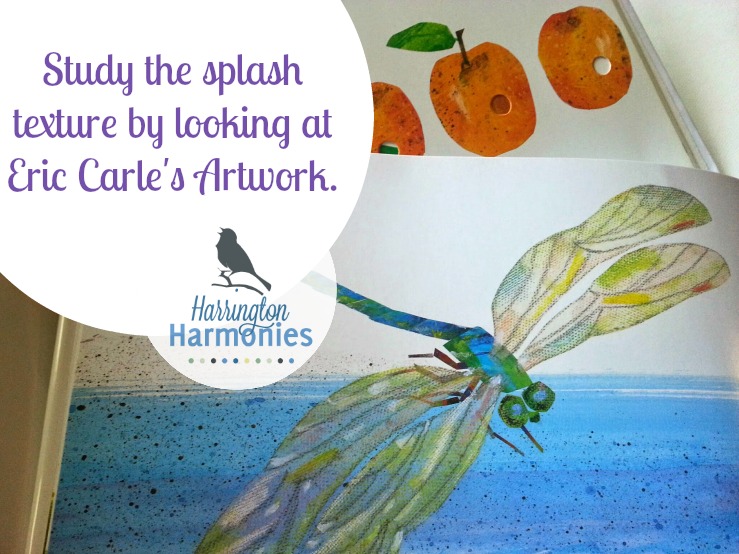

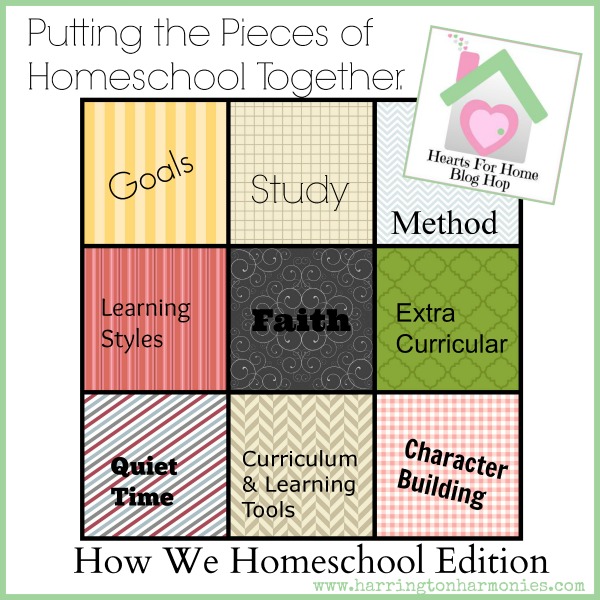


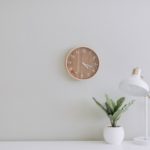

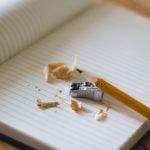
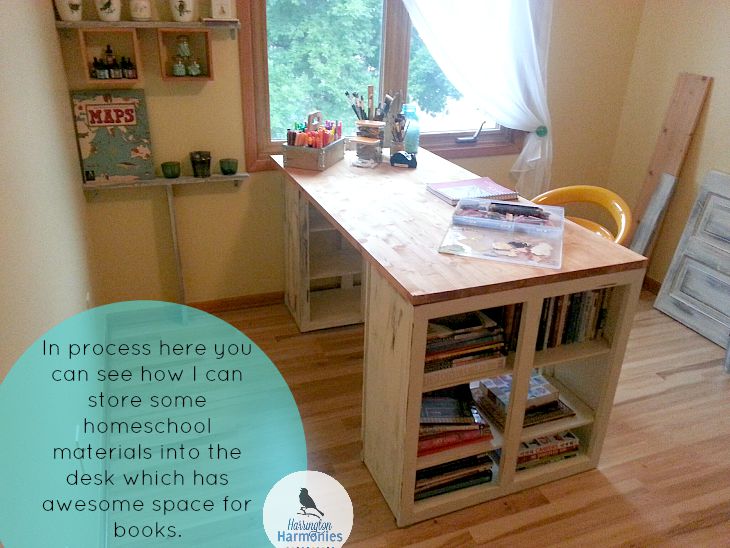






4 Comments
Sara
We only spend a few weeks on Egypt, but this would be an awesome project just before we studied the mummies and pyramids. Thanks for sharing! 🙂
Stephanie
It’s perfect for that time in Egypt’s history. What text are you using? SOTW? I can’t remember.
Julie
I love this idea! We made valentines a couple of years ago by painting newspaper red (but lightly enough to be able to see the words through the paint) then using it to cut out hearts, etc. It made the newspaper more durable and added wonderful, creative texture. Thank you for all the inspiration as I plan our homeschooling for next year….
Stephanie
You’re Welcome!